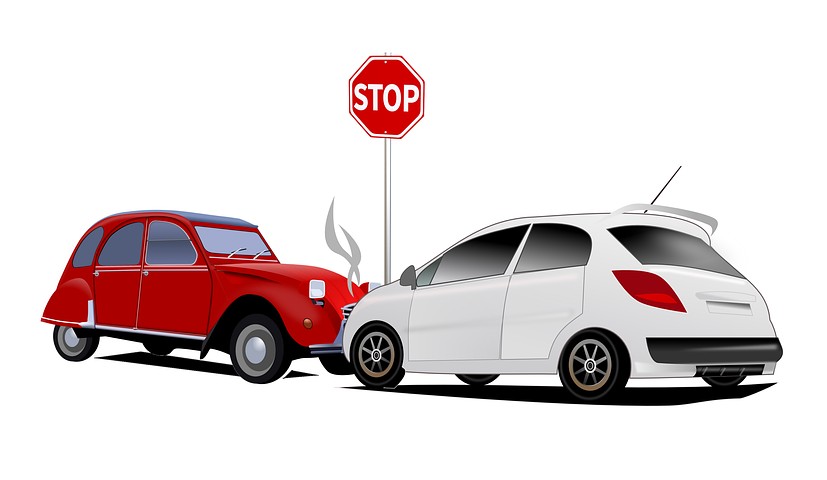摘要: Artificial intelligence (AI) has delivered a fundamental shift in how businesses apply vast amounts of data, harnessing and synthesizing it to create actionable insights – empowering the digitization of complex tasks.

▲圖片來源:pixabay
Data is increasing rapidly across multiple dimensions – volume, velocity, and variety. In 2020, 1.7 MBs of data was created by every person every second. This is a fraction of the data that will be available tomorrow as connections and insights continue to multiply, becoming increasingly bi-directional, and informing virtually everything. Right now, there are more than 50 billion connected devices in the world, and connected cars are emerging as an important new digital platform.
Across the P&C insurance economy, the mix of vehicles on the road, the presence or absence of ADAS, and build sheet data, along with driving pattern information, weather, point of impact, delta V, repair procedures, and diagnostics, all inform understanding and can drive actions and power more precise knowledge in an increasingly complex environment. Artificial intelligence (AI) has delivered a fundamental shift in how businesses apply vast amounts of data, harnessing and synthesizing it to create actionable insights – empowering the digitization of complex tasks. This application of AI across workflows and networks has allowed data to drive efficient processes, inform decision-making, and enhance customer experiences.
It’s incredibly important for companies across the P&C insurance industry to get AI right. Insurers have access to an ever-expanding set of data and the potential to deliver real change now. The problem is too often AI is seen as a future-looking technology that doesn’t have an actionable place in today’s world. This is a dated view and a view that is counterproductive to serving the needs of customers. In the world of auto insurance, AI provides unprecedented clarity to reduce risk and elevate the customer experience by enabling faster decision-making than ever before – helping to keep people’s lives moving forward when it matters most.
AI Right from the Start
When an accident occurs, hundreds of multi-party decisions need to be made to bring a policyholder back to pre-accident condition. One of the first decisions, after confirming everyone is ok, is to determine whether the vehicle that was in an accident is repairable, or a total loss – a term used to describe when the estimated cost of repairs exceeds the market value of the car. This process required a claims adjuster to view the automobile in person to make this repair vs. total loss assessment. Now technology can help the adjuster make that decision in near real time from a picture the driver takes with their smartphone. Deep-learning AI assesses the image and predicts with a high degree of accuracy whether the vehicle is a likely a total loss or repairable.
The speed and accuracy of this one decision can have days if not weeks off of the time it takes to resolve a claim and hundreds of dollars per claim in unnecessary tows and vehicle storage. For context, there are an estimated 22 million claims processed in the United States each year. Billions of days elapse each year waiting for claims to be resolved. Technology can return billions of days to policyholders and insurers alike.
AI Throughout
If, in the above example, the vehicle was determined repairable, AI has different applications across detecting vehicle damage and the development of repair estimates. Mobile and photos now initiate millions of claims within minutes. This data is linked to powerful AI to gain insight into the extent of damage, parts needed to repair, and predicted labor times associated with the work. Insurers can now offer policyholders information on nearby repair facilities who can take care of the repairs for them. And, by allowing the repair facilities to have access to the same photos and accident details, they can prepare their repair plans earlier.
And even as these technologies are established and take hold it is important to remember that the automotive industry is not static. New models and car parts are continuously being brought to market, new regulations introduced, new data acquired. The AI requires a constant feed of new data and ongoing training to be effective. It needs to make decisions based on predictions and account for changes in recent behaviors. Machine-learning enables historical data to be influenced by changes in historical patterns that might make recent actions more likely to occur again. The most effective AI solutions base predictions on data that can account for recent behaviors and historical data.
Fast-Moving Technology Can’t Take A “Set It and Forget” Approach and Can’t Stand Alone
AI is only as good as the data it can access and the applications it runs on. It also is understood that AI-alone doesn’t drive change – it drives insight. Integrations into workflows or across network partners how is how transformation is achieved. Advanced technology needs to embrace multiple data sources and frameworks from across the wider industry to deliver the most comprehensive results for faster and more informed resolutions. Plus, AI itself requires integration to drive change. The leading insurers are driving change across the industry by embracing technology and networks that leverage all viable data sources to make rapid decisions and return days to policyholders.
轉貼自Source: insidebigdata
若喜歡本文,請關注我們的臉書 Please Like our Facebook Page: Big Data In Finance


留下你的回應
以訪客張貼回應